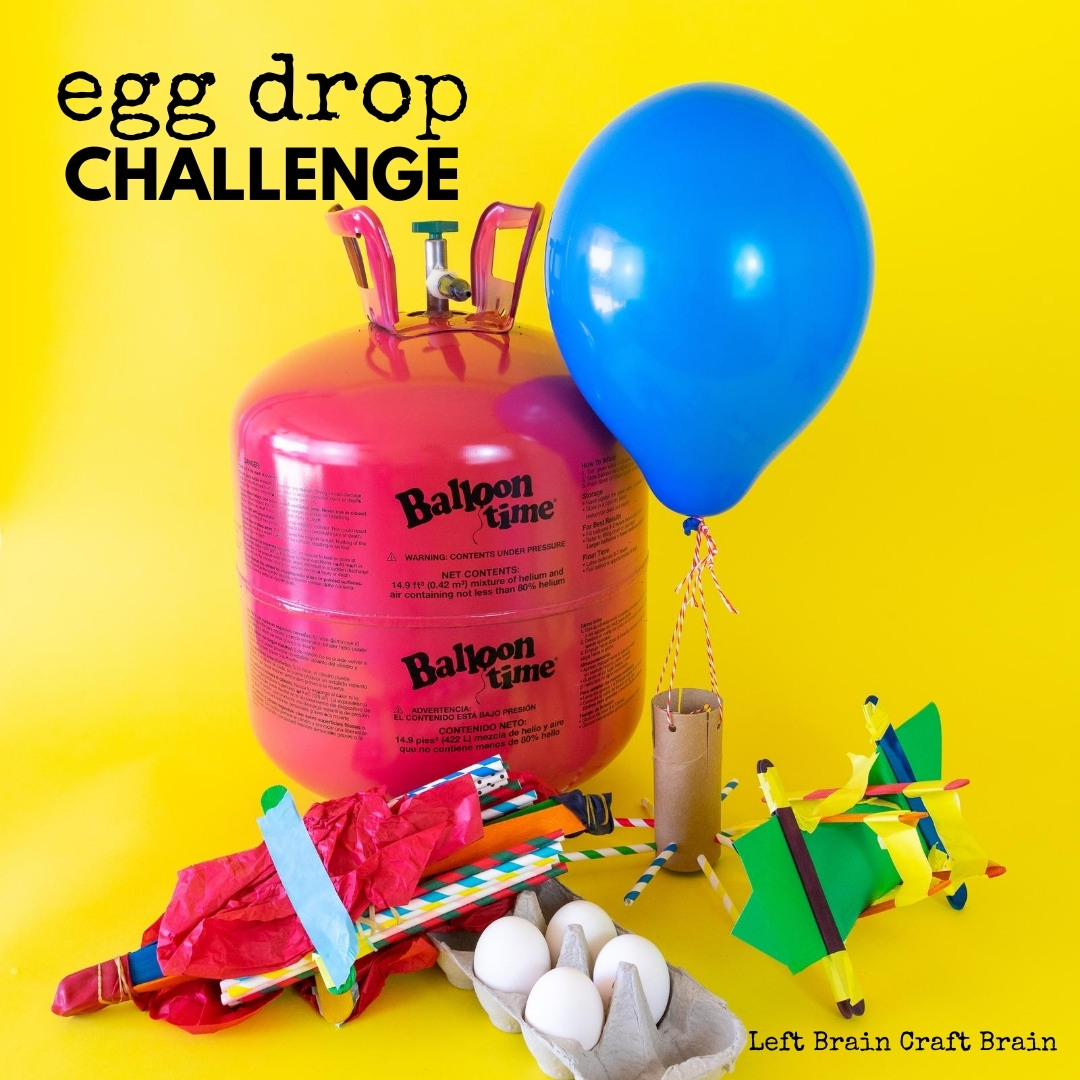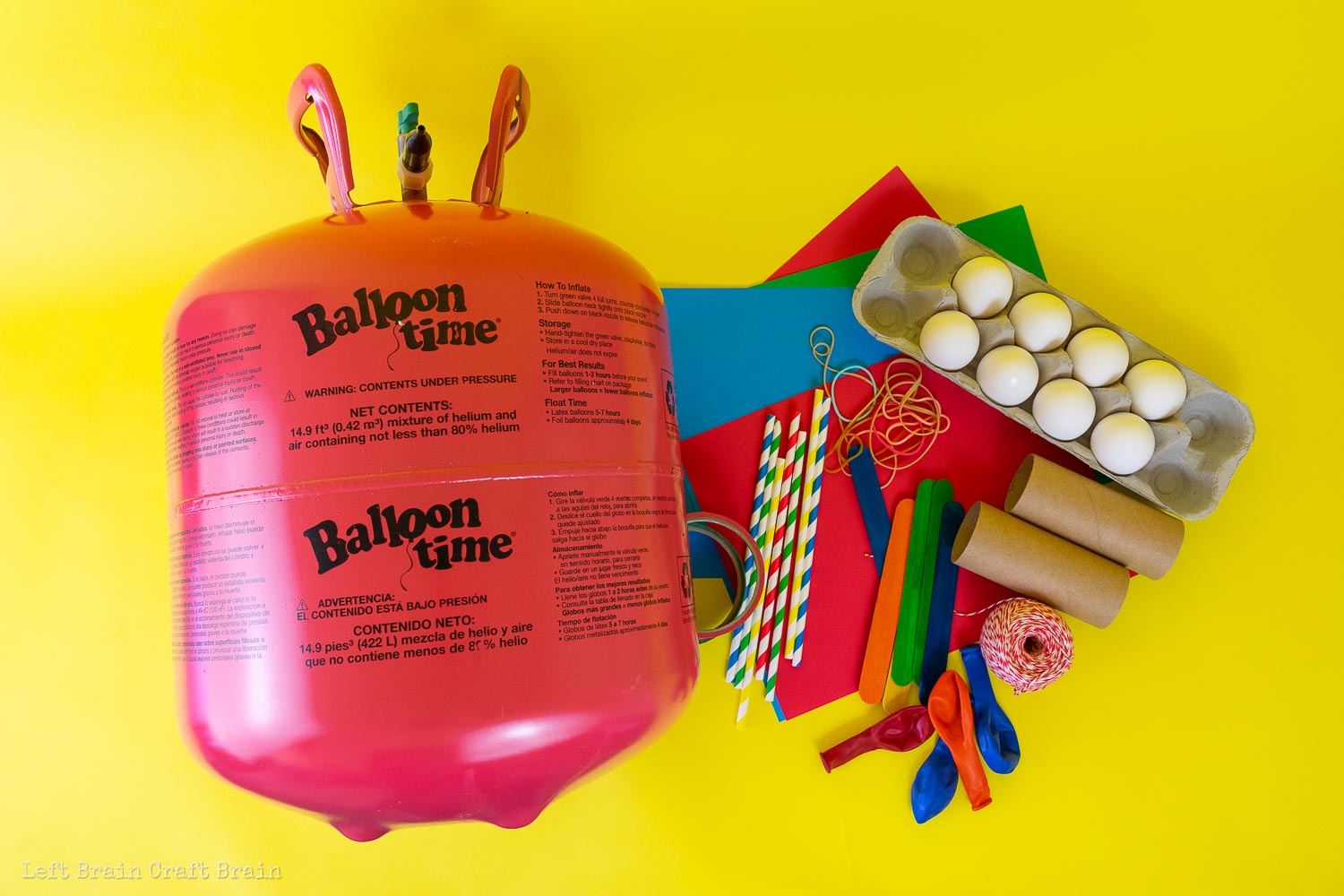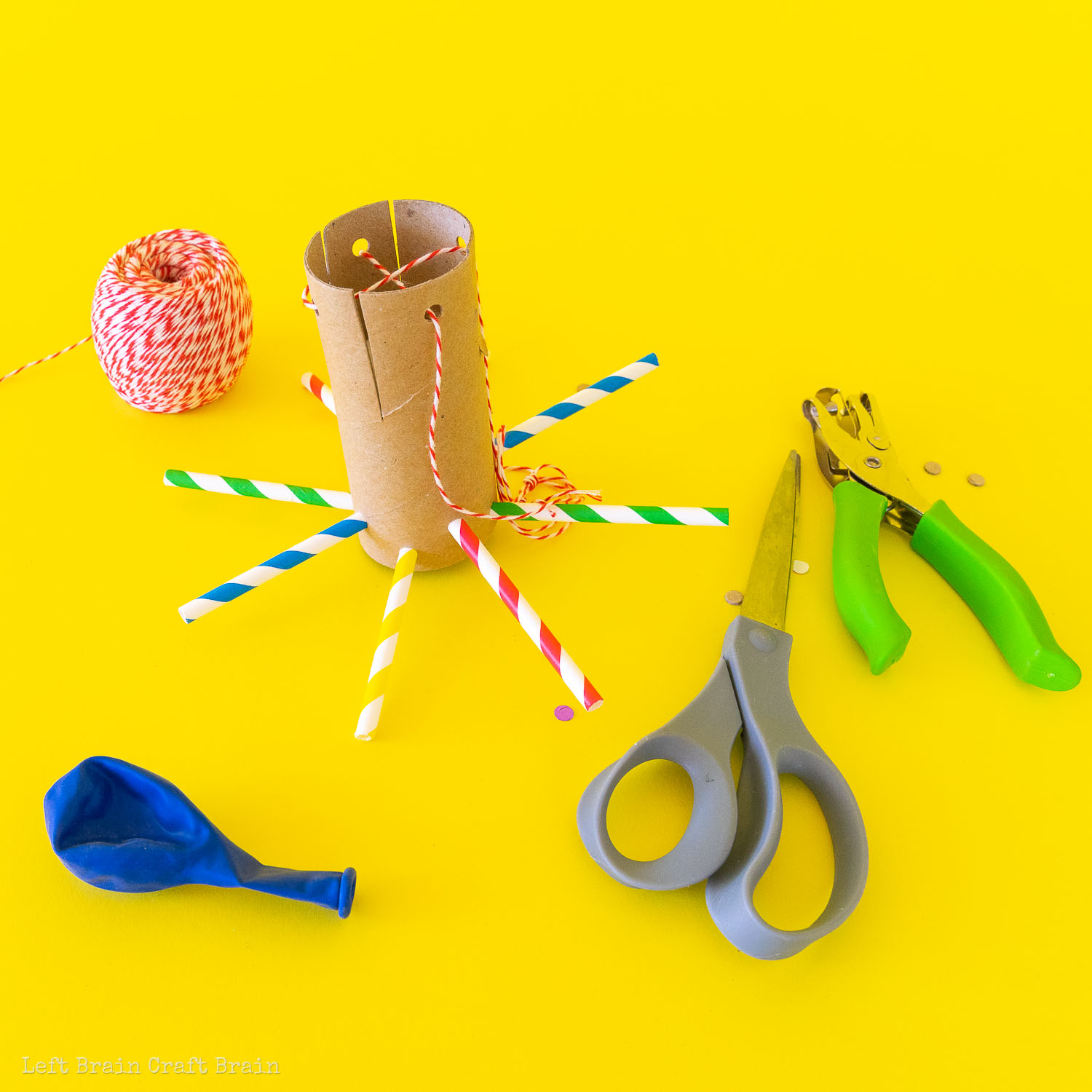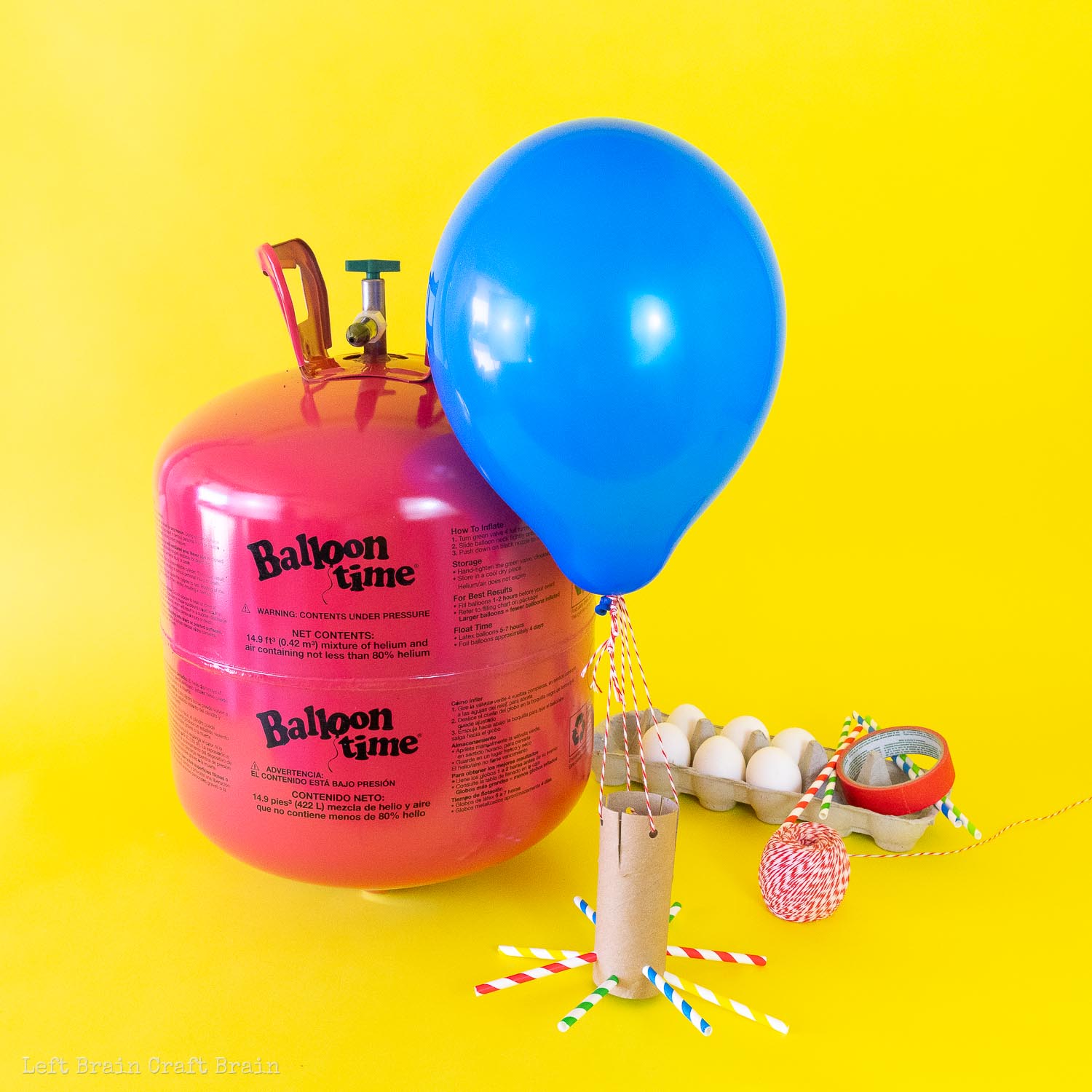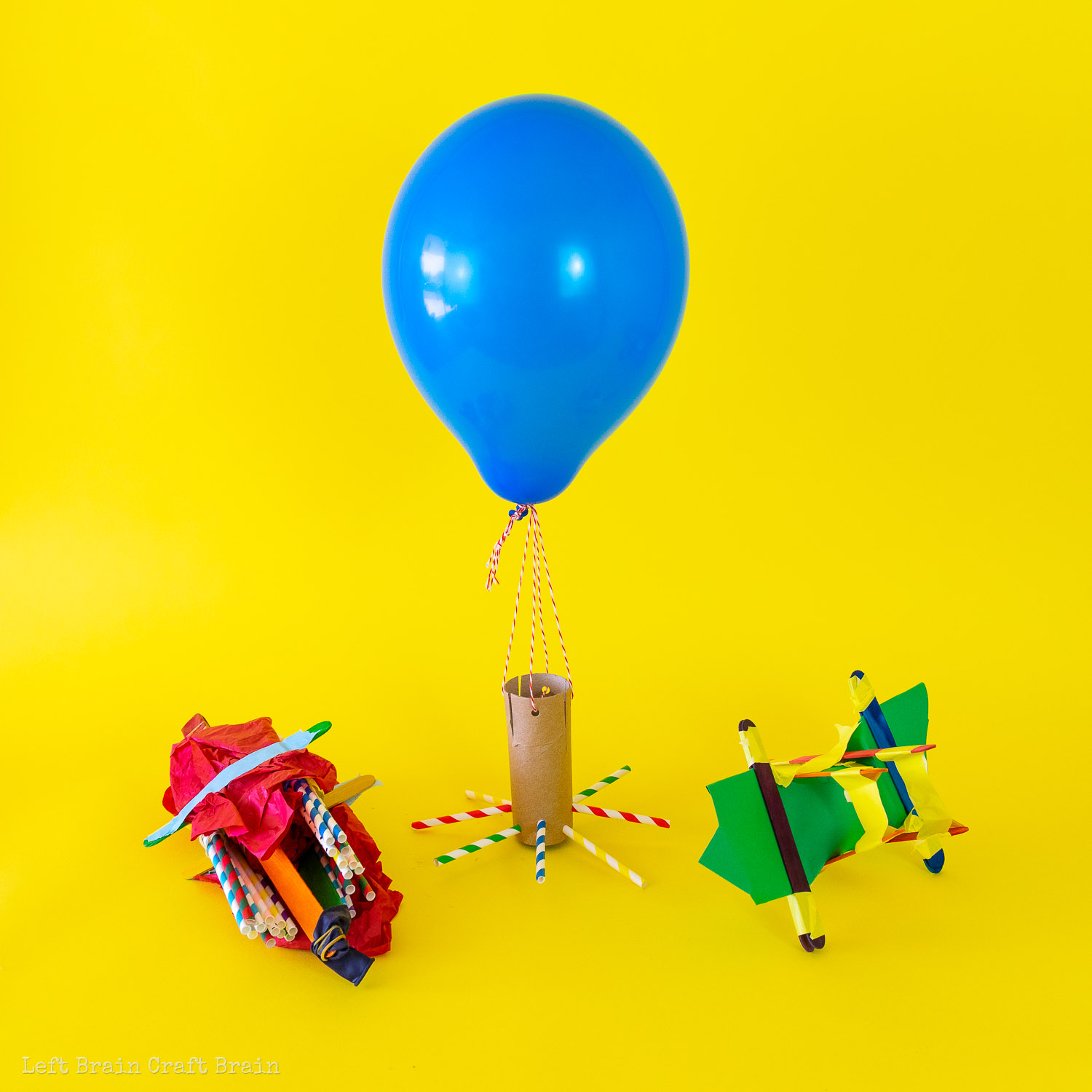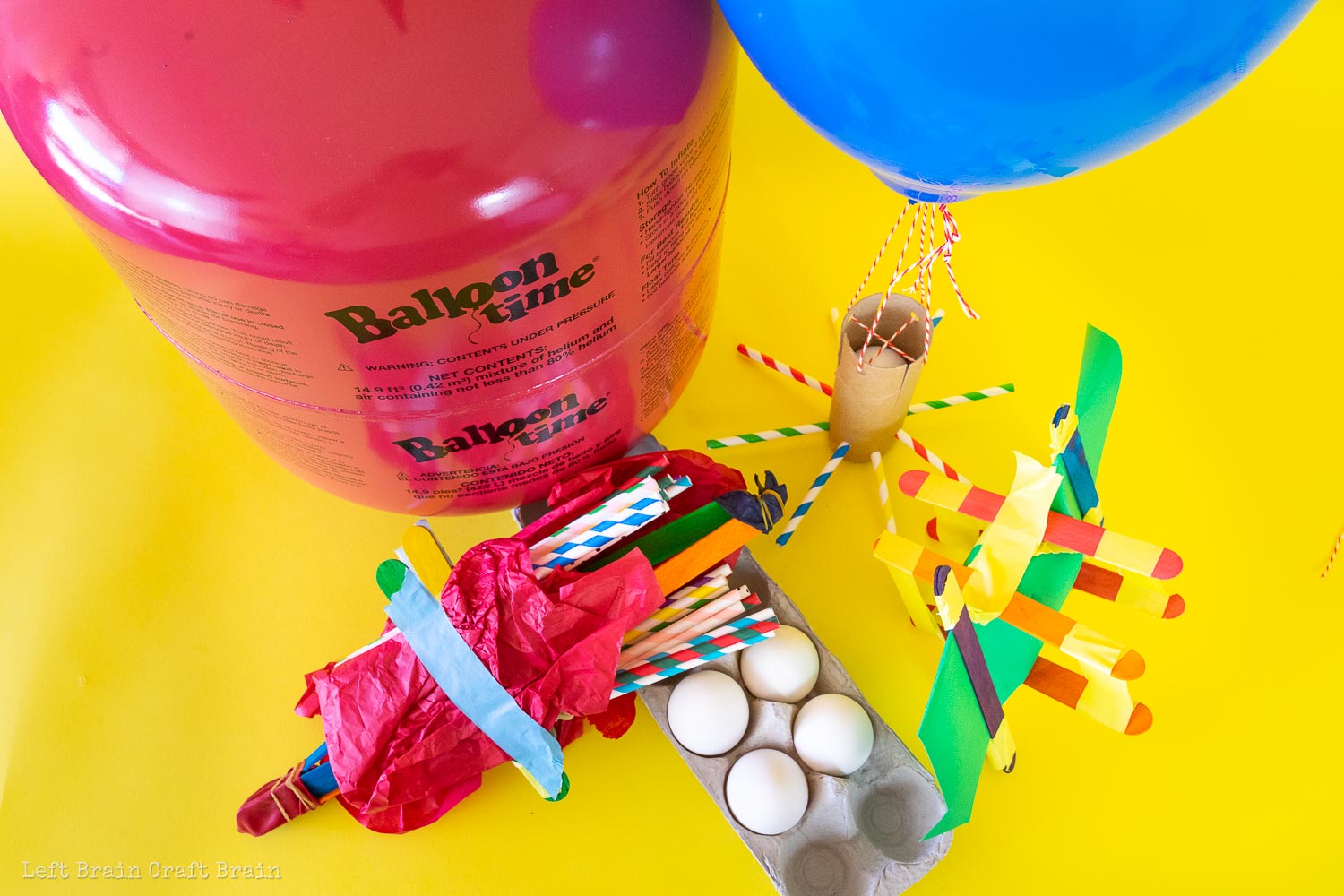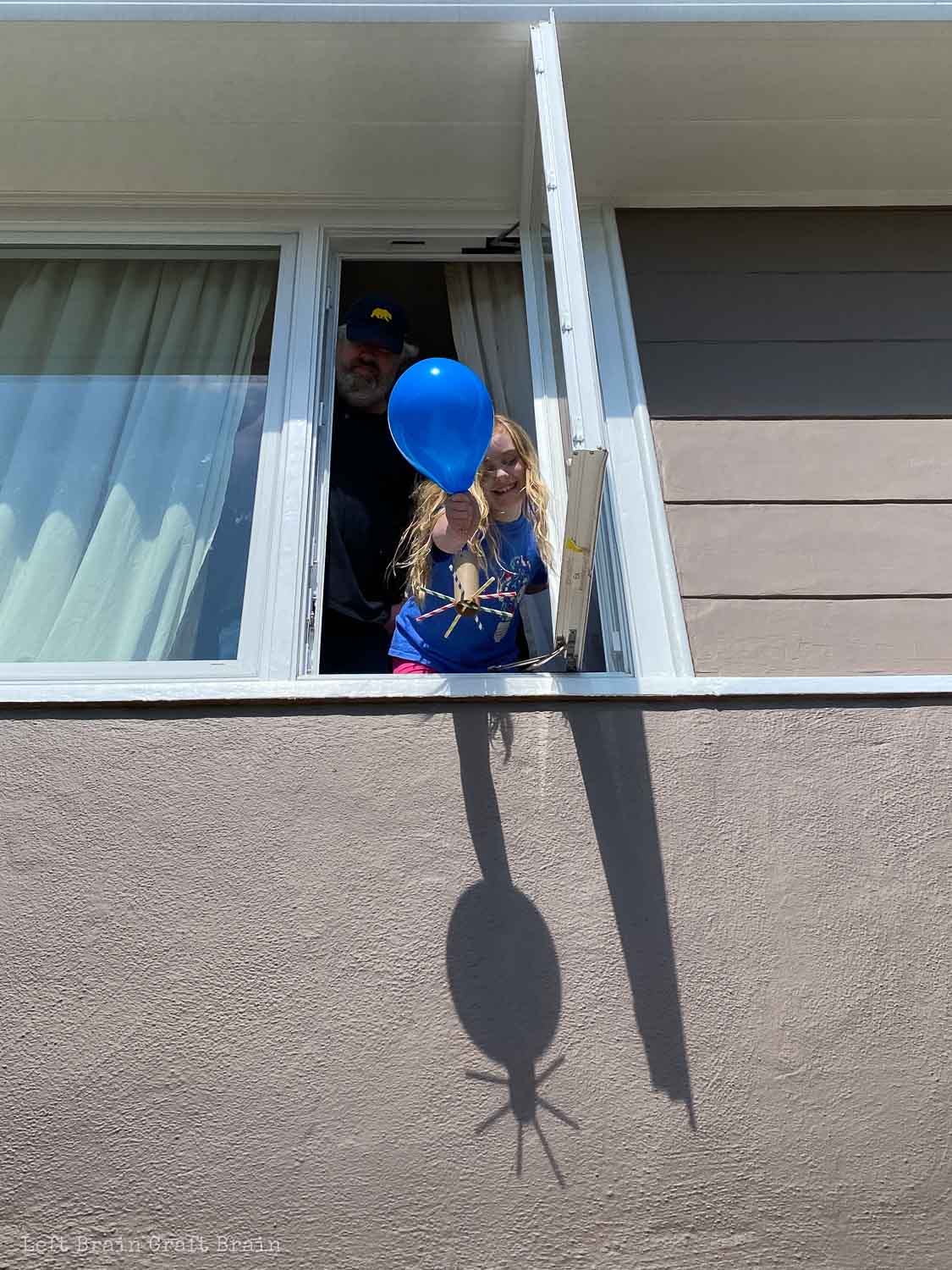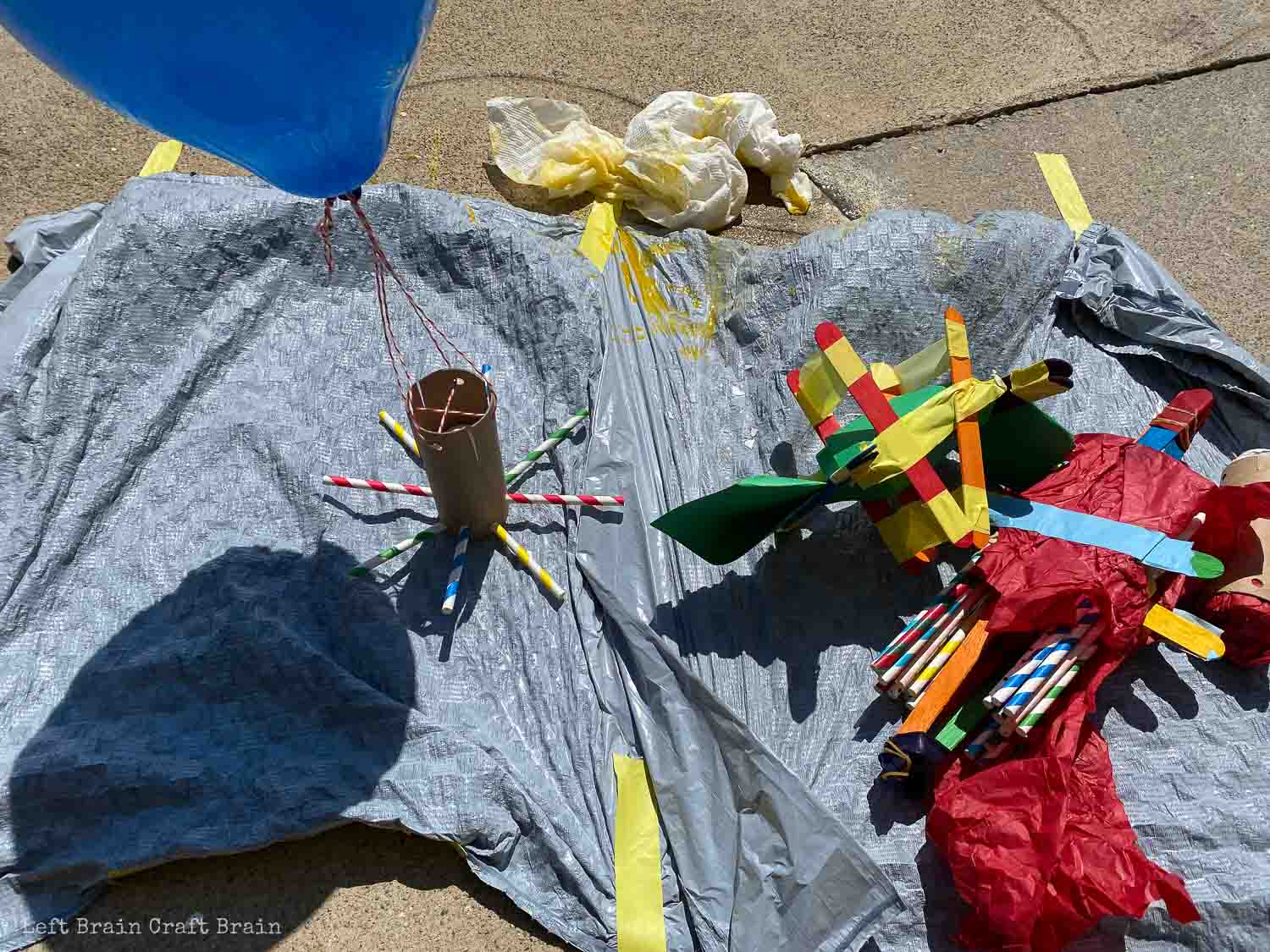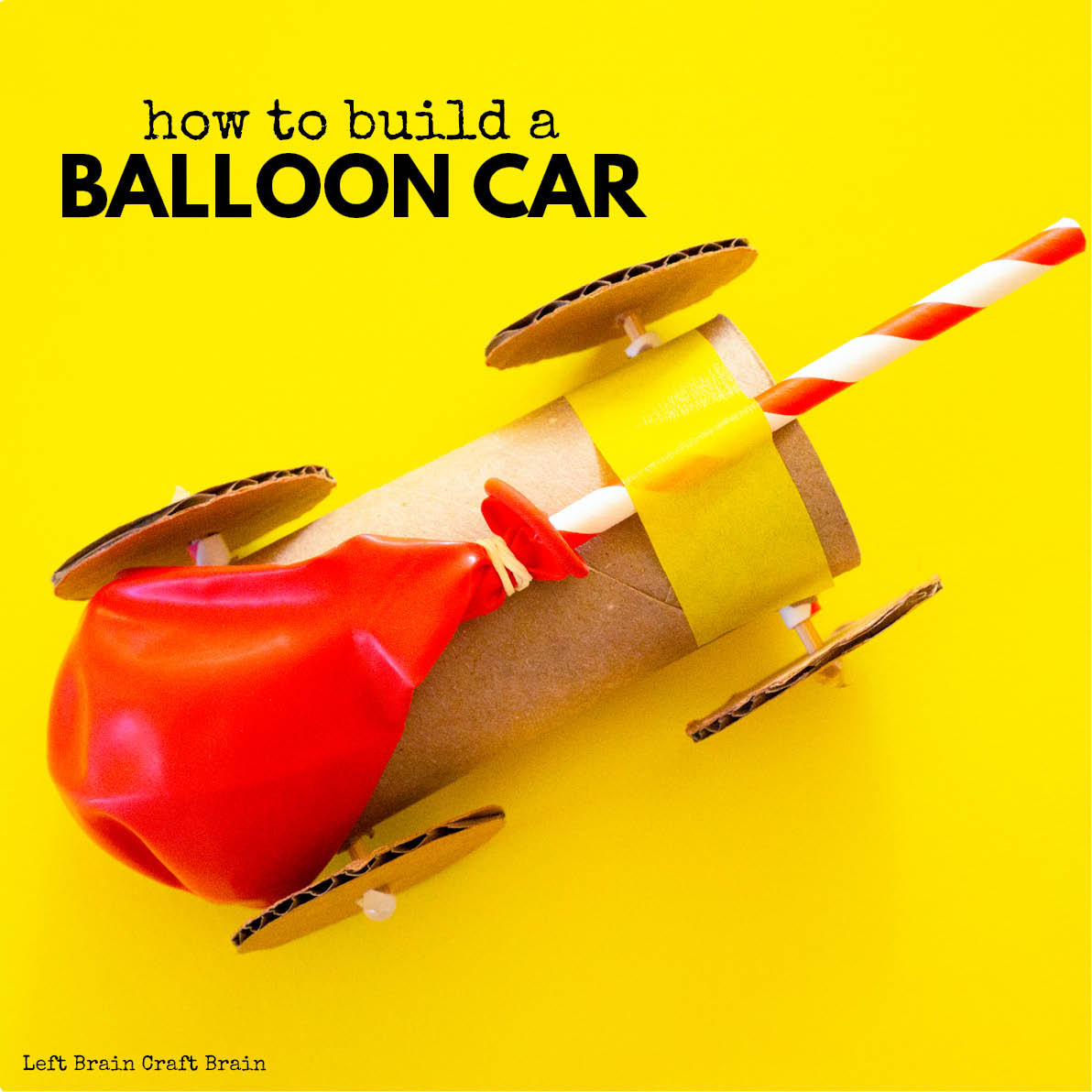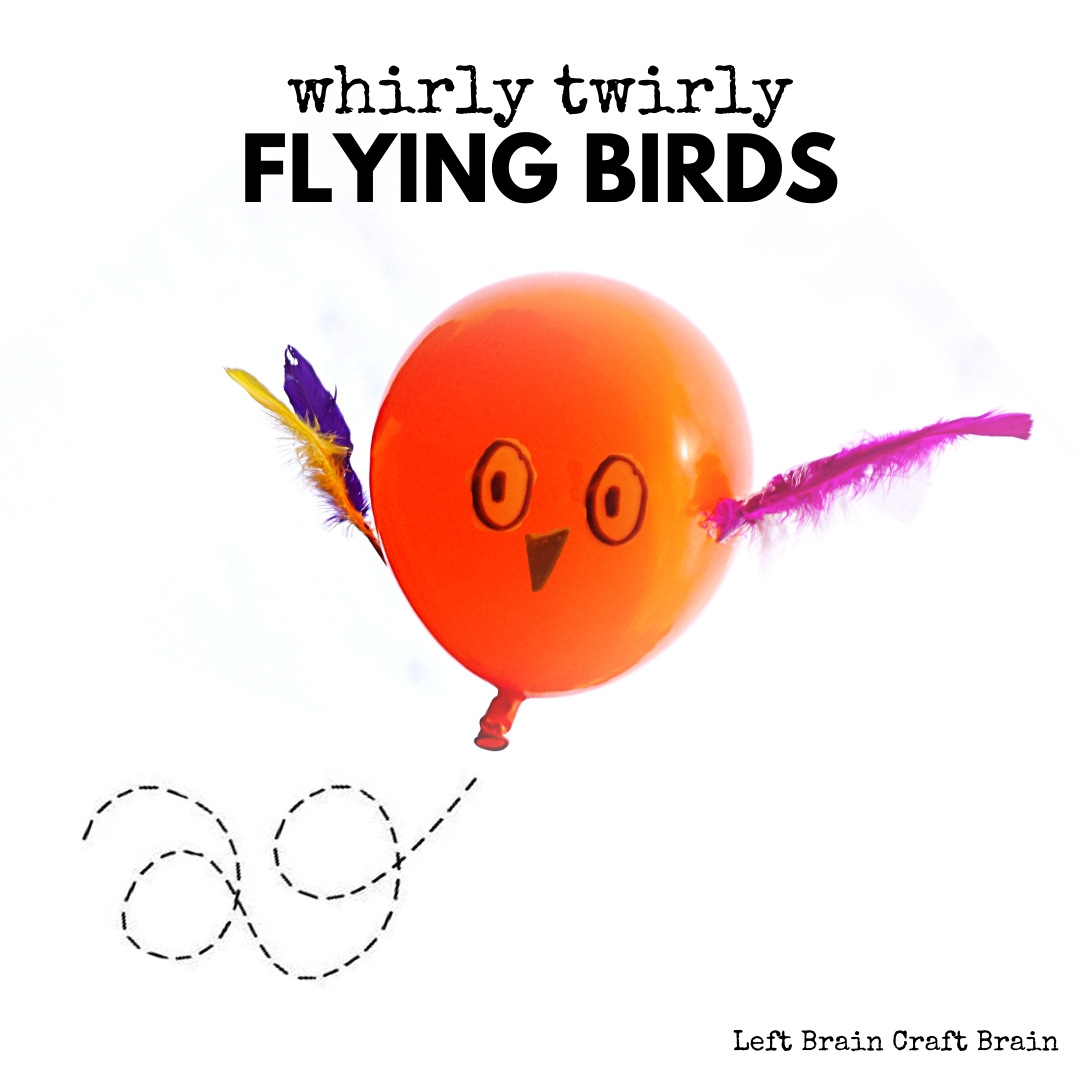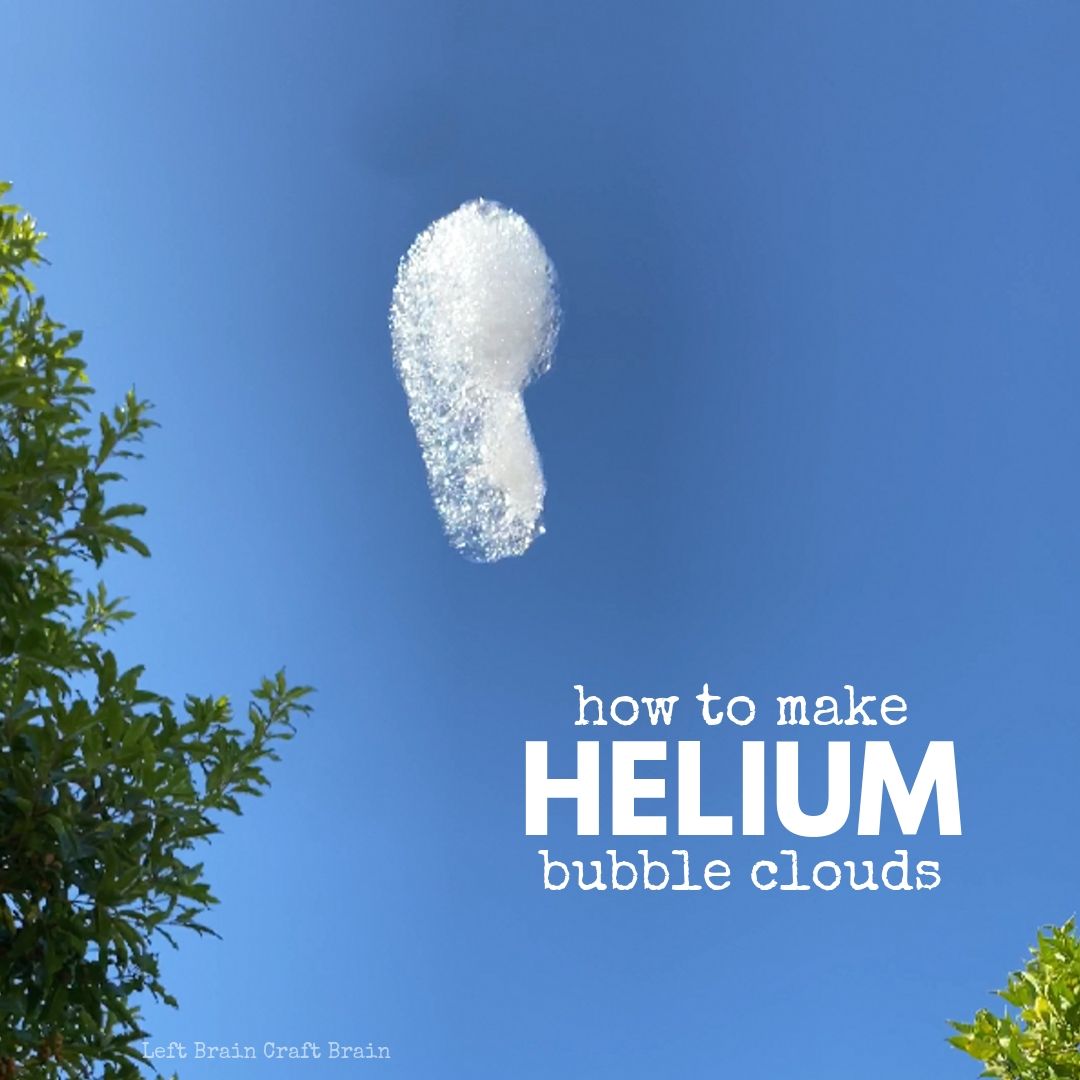Raise your hand if you want a fun activity to do with the kids at home with learning built right in? I’ve got you covered with a design challenge that will get kids thinking, creating, and laughing. A ton. It’s an Egg Drop Challenge! It’s a great activity to fill an afternoon at home, during summer or after school. And we’ve added the power of helium for an even more science-packed learning experience and fun.
This post has been sponsored by Balloon Time. All thoughts and opinions are my own.
The following picture will be hidden in post but available for pinning.
Egg Drop Challenge Rules
Your goal in the Egg Drop Challenge is to design and build a contraption that protects an egg from breaking during a fall.
To make this challenge consistent across all the designs, it’s helpful to add a few guidelines.
- You can use up to 4 different types of materials.
- You must drop each of the contraptions from the same height.
- Soft and protective materials like bubble wrap and stuffing are not allowed.
We also like to add a time limit to make it more fun. Nothing like a little frantic designing to bring out the creativity in everyone!
The Egg Drop Challenge Hides Learning in the Fun!
There’s a lot of fun science and engineering going on in this activity. The first influence is the makeup of the eggshell. Luckily, animals are some of the most talented engineers out there :) The eggshell is just strong enough to allow the chicken to sit on it and protect the growing chicken inside. But it can’t be so thick and sturdy that oxygen can’t pass through.
Next up is gravity and the impact force the egg endures when it hits the ground. The force the egg feels is dependent upon its weight and the height it is dropped from because they define how fast the egg falls. But you can do two things to reduce the force the egg feels when it hits the ground: 1) spread out the force across other areas of the contraption and 2) slow down the fall. This is where your design comes in. Adding things like spokes, cushioning, and other design features spread the force out while adding helium-filled balloons we filled with the Balloon Time Helium Tank slows the fall.
Here’s a little bit about why helium makes an impact on the egg’s impact.
What is helium?
Helium is an element (symbol He) that naturally exists in its gas form on Earth. It’s the second most common element on our planet after hydrogen.
What makes helium balloons float?
The balloons float because of something called buoyancy, which is exactly what helps you float in a pool. Something will float in a pool if it weighs less than the volume of water it displaces. The buoyant force upwards is greater than the gravitational force downwards. In the case of the helium balloon, it’s floating in a “pool” of air. The balloon with the helium inside weighs less than the air it displaces (helium is less dense than air), so the balloon is pushed upwards with a buoyant force greater than gravity. If you have two balloons, one filled with air and one filled with helium, they both displace the same amount of air. But since the air-filled balloon is heavier than the air it displaces (gotta count the balloon’s weight), it sinks.
Egg Drop Challenge Supplies Needed
- Eggs (at least 1 per design, more if you want to test a design multiple times)
- Masking tape
- Paper (copyweight, card stock, tissue paper can all be used)
- String
- Rubber bands
- Plastic bag (optional)
- Balloons
- Balloon Time Helium Tank (You can pick one up HERE.)
SAFETY NOTE: Adult supervision is required when using balloons. Please read all warnings and precautions on the Balloon Time box before use.
Build Your Egg Protection Device
The first step in building an egg protection device is to plan your design. How will you protect the egg from the fall? The sky’s the limit here (pun intended!).
We used a series of spokes on a toilet paper roll to protect our egg. A hole punch works well with paper straws to build a contraption with a tight fit.
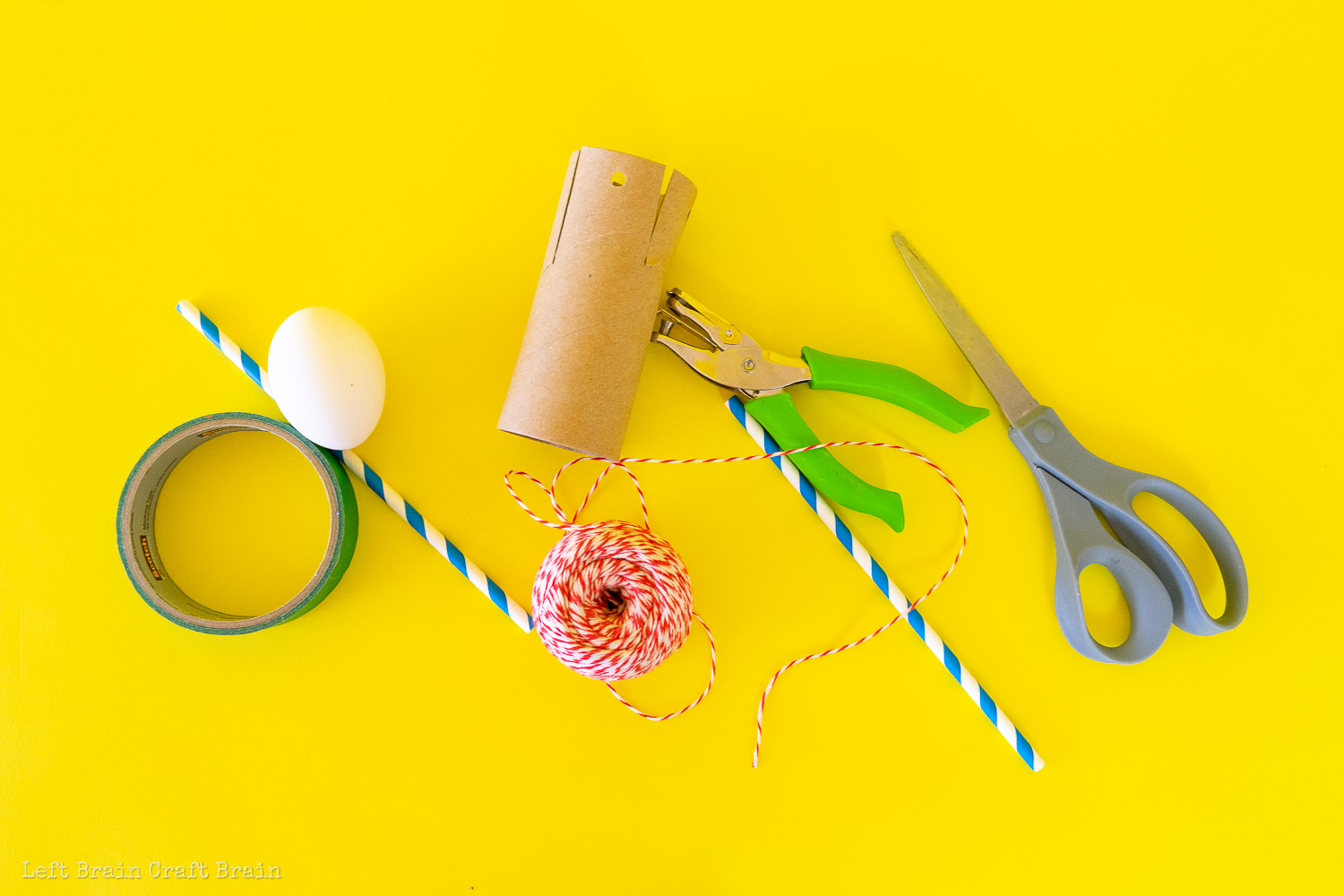
Then we added our secret weapon. Helium. This balloon will give the contraption a little lift to slow down its fall when it hits the ground. The Balloon Time Helium tank made it easy to bring this into our crafting space.
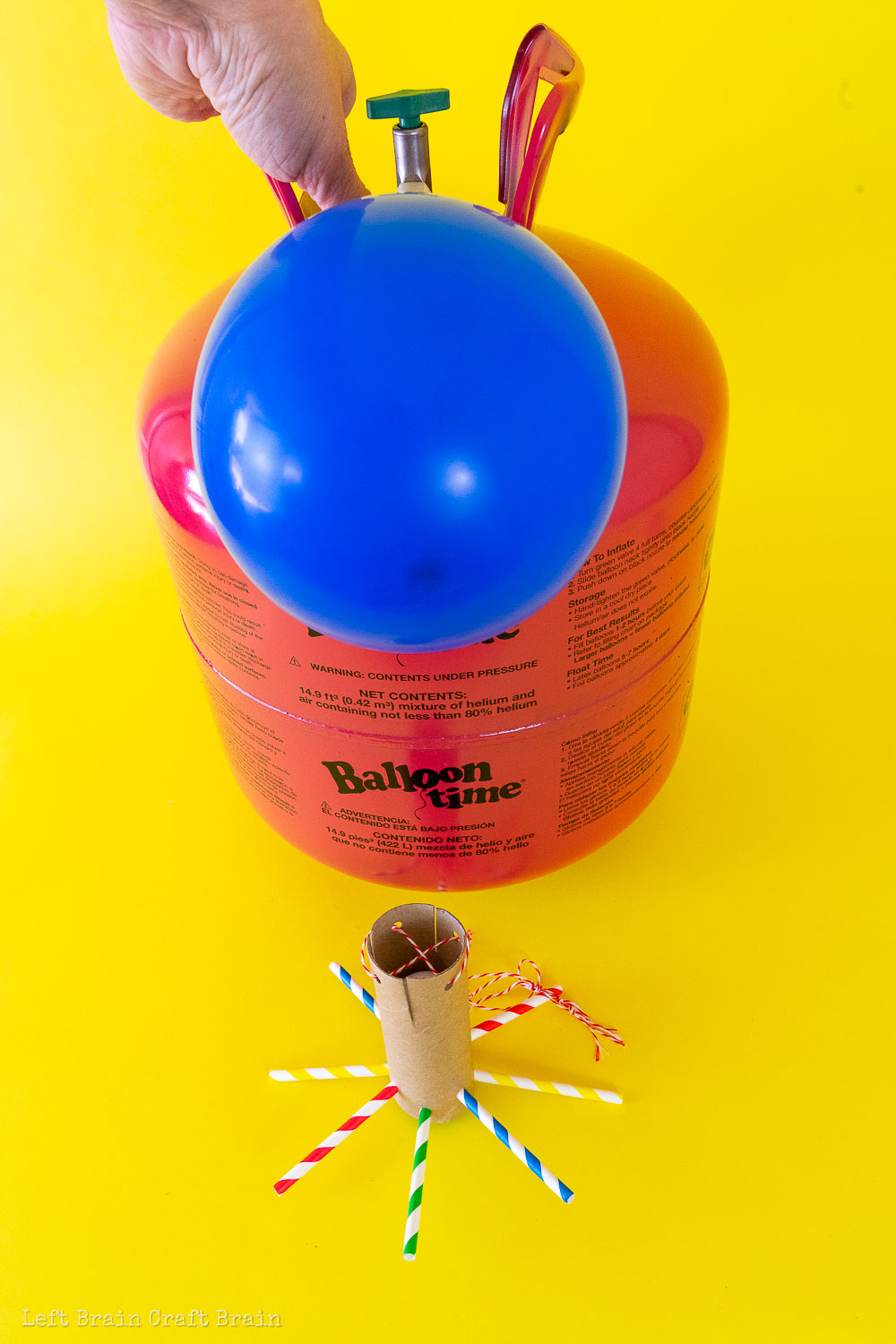
Make a Few More Egg Drop Designs
Can you beat the power of helium with a sturdy egg drop contraption? Test it out! Here are three of the contraptions we built.
How to Test the Egg Drop
Check out our egg drop in action! You can see which one won :)
- To test your egg drop, safety first!! Adult supervision recommended for this process.
- Find a high enough location to adequately test the contraption. 8-12 feet is good. Lower than that might be too easy and higher than that makes it hard to succeed.
- Cover the ground if you’re worried about egg guts.
- Drop the first contraption and observe what happens. Did the egg survive?
You can see that not all of our contraptions were successful… But the helium powered design was! The lighter-than-air helium-filled balloon slowed down the fall, protecting the egg.
Talk and Learn While Doing the Egg Drop Challenge
This Egg Drop STEM Challenge is a great chance to think like an engineer and learn a little science. Here are a few questions to ask during the process.
- Which of your designs protected the egg from cracking?
- Why do you think the designs were successful?
- What could you change about the designs that didn’t protect the egg to make them work better?
- Do you think your non-helium designs would have protected the egg if they had a little bit of buoyancy from a helium balloon? Why?
This activity is also a great chance to talk about failure. Every product design out there from the iPhone to Space X’s Dragon spacecraft had the benefit of things going wrong. Because failures give valuable insight into what you need to do to make something work correctly.
More Fun with Balloons and Helium Too
Toilet Paper Roll Balloon Car – Compressed air inside a balloon gives this fun car its power.
Whirly Twirly Flying Birds – In this fun and crafty engineering project, kids will learn what helps birds take flight.
Helium Bubble Clouds – And be sure to check out our other Balloon Time Helium Tank project, these super-fun helium-filled Bubble Clouds!

